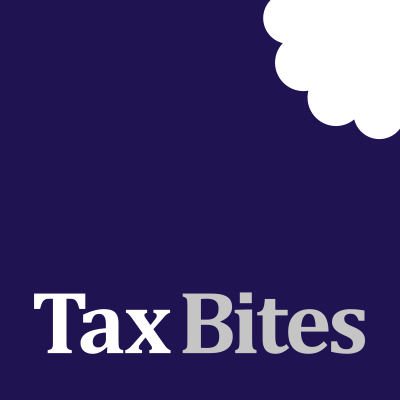
What is a capital gains group?
23rd April 2021
Posted in Articles, Capital Gains Tax by Andrew Marr
The issue
Broadly speaking, when assets are transferred from one party to the other, there will be a capital gains tax charge which is calculated by reference to the market value of the asset. An exception to this rule is where one spouse (or civil partner) transfers an asset to the other. In these cases the asset is transferred at neither a gain nor a loss and so the recipient effectively ‘inherits’ the cost history of the asset.
There is a similar rule for companies where assets are transferred around a group. There is a particular group definition for the purposes of chargeable gains. When these rules are looked at closely you may be surprised to learn that it is a 51% subsidiary relationship and not a 75% subsidiary relationship that really matters.
Recap on the rules
The rules here are set out in TCGA 1992 section 170 and the key points are as follows:
1. A group is joined together by the principal company and its 75% subsidiaries.
2. A 75% subsidiary is defined as a company whose ordinary share capital is owned 75% by another company (no other requirements).
3. Subject to below a 75% subsidiary of a subsidiary and lower subsidiaries can also be in a group with the ultimate parent.
4. There is an overriding requirement that ‘a group does not include any company (other than the principal company of the group) that is not a 51 per cent subsidiary of the principal company of the group’.
5. Here ’51 per cent subsidiary’ means that the parent must be beneficially entitled to more than 50% of any profits available for distribution and more than 50% of assets available for distribution to equity holders on a winding-up.
The percentage of ordinary share capital owned by the parent is not always mirrored by the true commercial ownership because different shares can have different rights attached to them.
Example
Topco holds 101 £1 A shares and 200 £1 B shares in Subco. The A shares have rights to dividends and assets on a winding up and the B shares only have rights to nominal value on a winding up (just £200). There are 99 other A shares held by outside investors and no other shareholders. Therefore Subco is a 75.25% subsidiary of Topco, even though Topco only holds a 50.5% commercial interest in Subco. In this case Subco is in a capital gains group with Topco and assets should be transferable between the two companies at no gain, no loss.
Forbes Dawson view
This points to the general importance of understanding that there are different group definitions for different areas of legislation. It is also easy to see cases where a capital gains tax de-grouping charge (which arises when a company leaves a group within six years of a no gain, no loss transfer) can be avoided where the ‘disposing’ company still maintains an effective 50% stake in its subsidiary. Share capital can be restructured fairly easily in the absence of other commercial requirements!



